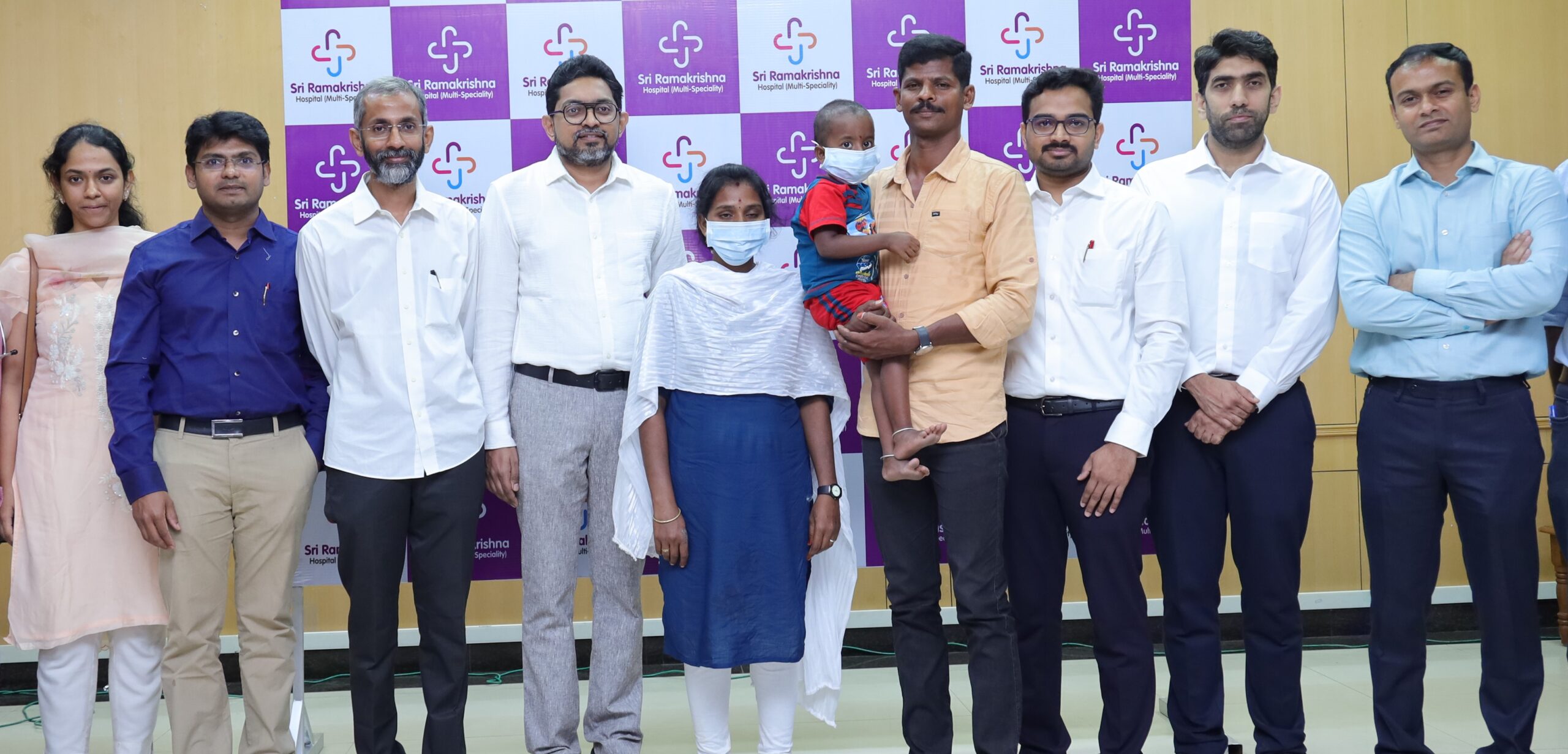Trending Now
- 830 voters names go missing in Kavundampalayam constituency
- If BJP comes to power we shall consider bringing back electoral bonds: Nirmala Sitaraman
- Monitoring at check posts between Kerala and TN intensified as bird flu gets virulent in Kerala
Coimbatore
10 facts and myths surrounding breastfeeding and breast milk
![]() August 4, 2017
August 4, 2017
We are celebrating the World Breastfeeding week, and there couldn’t be a better time to bust some myths surrounding breast milk and breastfeeding. Breastfeeding Support for Indian Mothers, a registered entity committed to raising awareness and support for breastfeeding parents sieves out the facts from the misinformation.
Here they are:
1. Every bottle of Artificial Baby Milk (ABM) that a baby receives, gives a signal to the breastfeeding parent’s body to produce less milk.
Fact.
When a bottle of Artificial Baby Milk (ABM) is given to a baby, the baby feels full for a longer duration since ABM is heavier to digest as compared to breast milk. The baby, therefore, suckles lesser at the breast, which is what gives the breastfeeding parent’s body a signal to make less milk. Gradually, the amount of ABM being administered increases and the baby begins to get less breast milk. This is called the ‘Top up trap.’ The best way to make enough breast milk for your baby is by letting the baby nurse often and on demand without timing feeds.
2. Breastfeeding is painful.
Myth.
If breastfeeding is painful and the breastfeeding parent has sore and cracked nipples, it normally means that the latch and/ or positioning needs improvement. It is best to consult a recommended Lactation Professional if this situation.
3. Crying is always a sign of hunger
Myth.
Babies cry for several reasons and hunger is just one of them. Babies may be fussier than usual during the later part of the day, during growth spurts and during illnesses.
4. Baby breastfeeding often or for too long indicates that the breastfeeding parent has low milk supply
Myth.
It is normal for breastfed babies to nurse between 8-12 times a day. During a growth spurt, a baby may want to nurse nearly all day and exceed the aforementioned range.
5. Breasts feeling full is the only sign of adequate milk supply.
Myth.
Soft breasts, breasts not leaking, baby nursing frequently, baby guzzling down a bottle of ABM/ expressed breast milk after nursing do NOT indicate low milk supply.
The best way to ascertain if the baby is getting enough milk is by monitoring nappy count (over 24 hours) along with weight gain plotted on a chart for breastfed babies.
Babies over 6 weeks old should have 6+ wet nappies and babies under 6 weeks old need to have adequate wet ‘and’ dirty nappies over 24 hours.
6. Twins and Triplets can be exclusively breastfed.
Fact.
A breastfeeding parent can provide adequate nutrition through breast milk to twins and triplets. It is important for the parent to get more support than usual in these circumstances.
A parent that delivers via caesarean does not produce adequate amount of milk.
Myth.
An expectant parent starts making milk as early as 16-22 weeks into the pregnancy. This milk is called colostrum and it is all that the baby needs until the milk increases in volume (also called mature milk).
8. The breastfeeding parent should stop breastfeeding once the child turns a year old.
Myth.
Most major health organisations recommend that a baby be exclusively breastfed for a ‘minimum’ of 6 months. WHO recommends that a child be breastfed for 2 years and beyond for as long as the child and breastfeeding parent would like to continue.
9. A breastfeeding parent having medications can breastfeed their baby.
Fact.
Most medical conditions/ procedures/ medications don’t require a breastfeeding parent to wean or even temporarily stop breastfeeding.
10. A breastfeeding parent needs to end the breastfeeding relationship once they resume working outside the house.
Myth.
A breastfeeding parent can express breast milk (with a pump or with their hand) for the baby which can be given to the baby in the parent’s absence by an alternative care provider.























